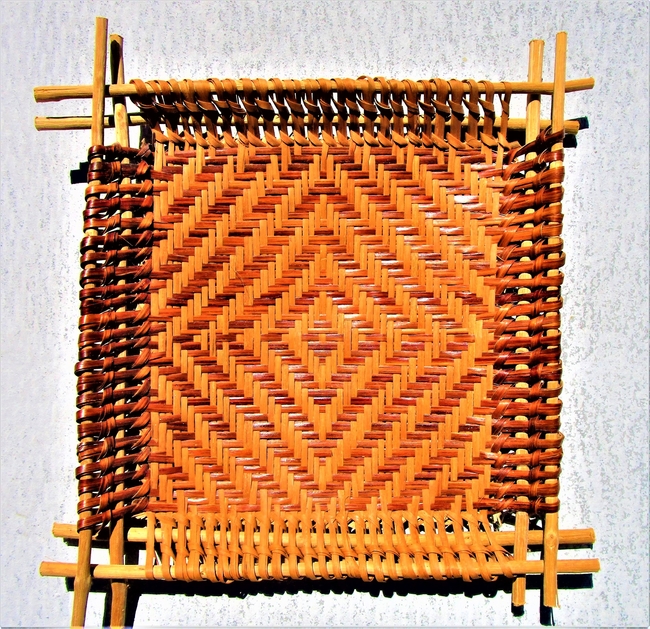

My body is home but my mind is roaming the globe. I’m stalking endangered mountain gorillas in Uganda, interacting with animals and people in the Amazon and clinging to a saddle on a camel strolling through the Sahara Desert.
These are among memories that remain alive in souvenirs brought back from the more than 70 countries to and through which I have traveled, including the United States. This is a good time to relive travel experiences through mementos that you have purchased.
Amazonia. As intriguing to me as the jungles and wildlife of the Amazon are people who live in villages strung out along the mighty river. Most consist of several dozen houses made of crudely cut wood planks covered by a metal roof.
Small gardens provide vegetables and the forest furnishes fruits, nuts and medicinal plants. Most houses rest on rickety stilts high enough to avoid being inundated during rainy season, when rivers rise as much as 40 feet.
As the motorboat in which I rode pulled up to each village, a few people came to the river’s edge to greet us. They included women who offered to sell seed and shell necklaces, woven items and other handicrafts. Among my purchases was a woven decorative plate which is simple in design but exquisite in workmanship.
China. It’s challenging to choose from many items I’ve brought back from my 10 visits to China, but one stands out. While following the ancient Silk Road years ago, I spotted a man in the distance on horseback who brandished a hand-made whip. That scene – a horseman riding bareback along the fabled route, using an item that elsewhere would be manufactured – spoke to me of much that makes China such a fascinating place.
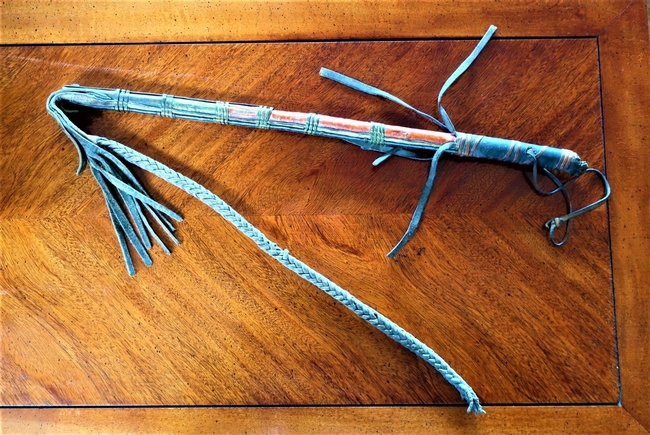
I had my guide call the rider over to ask if he would sell the whip, he agreed to a price so low that I offered a bit more, and the worn but treasured object now resides in my home.
New Zealand. When the first European settlers landed in New Zealand, it was inhabited by Polynesian people who had arrived there some 800 years earlier. The Maori (pronounced MAH-ree) presently comprise about 15% of the country’s population.

They maintain many cultural traditions which may be observed during presentations at marae (meeting places), Including recreation of the haka (posture dance). That ritual, which includes intimidating tongue and facial gestures, was performed when members of different tribes met to indicate a readiness to fight – in case the other groups had a belligerent goal in mind.
Russia. While I was traveling to what then was the Soviet Union on a bus tour from Finland, Russian guards found a small decorative knife I had purchased in Helsinki, said I couldn’t bring it into their country – I guessed they thought I might use it to overthrow the government – and told me to leave it at the customs hut on the Finnish side of the border. I had to walk back through a high, barb-wire-topped fence, past snarling guard dogs and under the watchful eyes of Soviet guards who kept their rifles trained on me as I made the round trip.
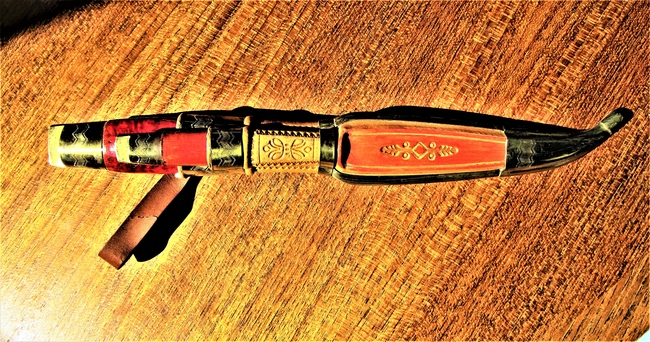
When we returned through the same checkpoint days later, I retrieved the memento from the Finnish sentries. One of them explained, with a twinkle in his eyes, “The Soviets always do things like that just to hassle Americans.”
Tunisia. My visit to Tunisia included a side trip to its extreme south, which is blanketed by the Sahara Desert, the largest stretch of sand in the world. That barren region is characterized by small settlements clustered around oases, and people astride camels that provide a sense of times past.

My memorable camel ride began with a lesson about how to maintain my mount as the dromedary went through its ungainly exercise of standing, and advice on preventing efforts the headstrong animal might make to head off in a direction other than where we wished to go. A carved wooden, realistic-looking camel, wearing the traditional saddle and exhibiting the usual haughty expression, serves as a reminder of that event.
Uganda. One of my most challenging travel experiences was following the footsteps of endangered mountain gorillas in Uganda. Those majestic beasts live in the aptly named Bwindi Impenetrable Forest.
My group was accompanied by guides who had scoped out the location of our prey that morning. However, after climbing for hours through the thick forest, we discovered that the uncooperative creatures had moved. We eventually found them and settled down to observe the youngsters swinging from limbs and wrestling on the ground under the watchful eyes of their mothers.
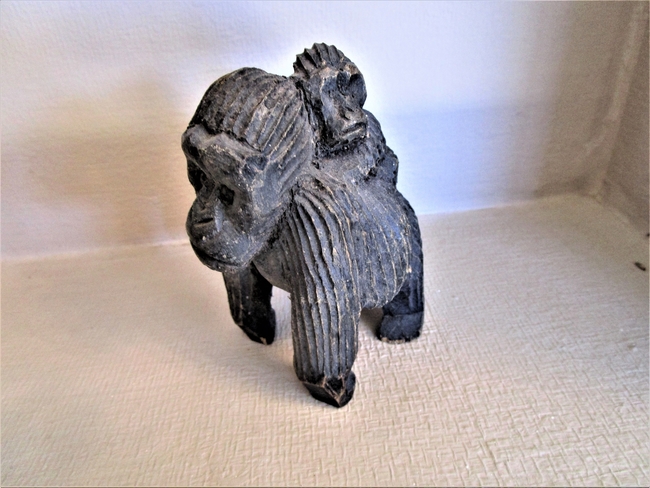
Suddenly the mammoth silverback who ruled the band began advancing menacingly toward us. One guide waved the AK-47 assault rifle that he carried specifically for that purpose, the alpha male gorilla retreated – and we hiked back to our tent camp with great memories, and photos.
United States. For over 2,000 years, Pueblo people in what now is the Southwest United States have prayed to spirits to bring them good weather, abundant game and a bountiful harvest. They’ve believed that beings known as Kachinas act as messengers between humans and the spirit world.
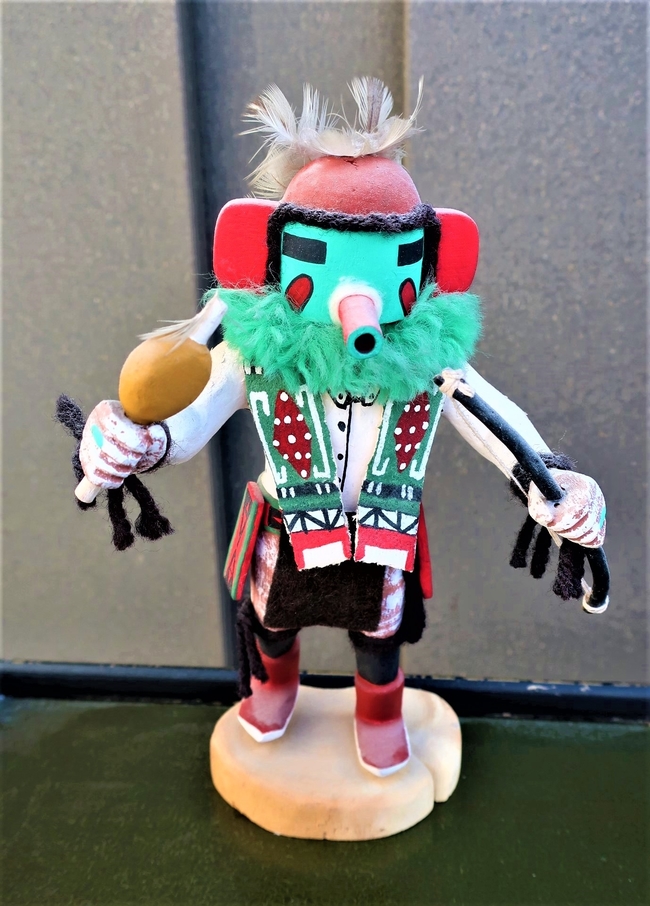
The Hopi people were first to create Kachina dolls, as a way to teach their children about them. Later other tribes began making their own Kachina dolls to sell, adding decorations like beads and turquoise. The Kachina which I purchased at an Indian market in Arizona reminds me of the rich and complex role of Native Americans in the country’s history and culture.
Authors: Fyllis Hockman and Victor Block are a husband-wife team of experienced travel journalists who have gallivanted throughout the United States, and to nearly 80 countries around the world, and written about what they have seen, done and learned. Their articles have appeared in newspapers across the country and on websites across the Internet, and they each have won numerous writing awards. They love to explore new destinations and cultures and uncover off-the-beaten-path attractions. Read more of their work at The Rambling Writers
